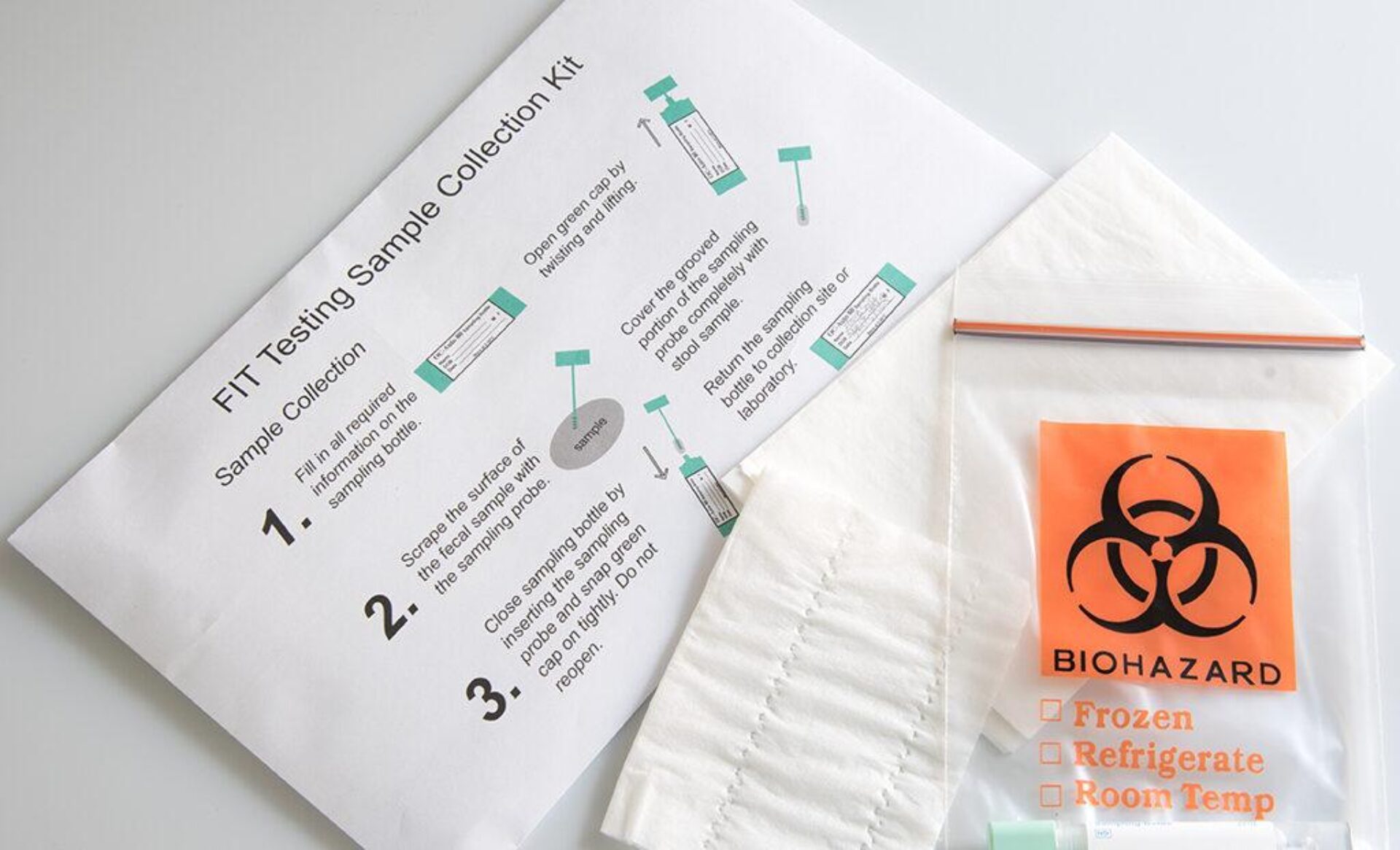
Text Messaging and Take-At-Home Tests Boost Colorectal Cancer Screening
- Behavior Change,
- Health Equity
This study examined whether sending take-at-home colorectal cancer (CRC) screening kits directly to patients’ homes would increase screening rates at a Federally Qualified Health Center in Philadelphia. Findings showed that the CRC screening rate was 17.3 % higher when patients received text messages with opt-out mailed screening kits.
By providing the opportunity for early discovery and curative treatment, regular screenings have been shown to reduce mortality rates for colorectal cancer (CRC). Unfortunately, regular screening rates are low across the United States, and in particular, participation in these screenings occurs at much lower rates amongst those who are uninsured, low income, and/or members of racial and ethnic minority groups. While the colonoscopy is the gold standard for CRC detection, the fecal immunochemical test (FIT), a take-at-home test, has been shown to increase screening participation. Particularly when circumstances such as the COVID-19 pandemic make it difficult for patients to come into the hospital, the benefits of an FIT test are even more compelling.
This study examined whether sending take-at-home FIT kits directly to patients’ homes would increase screening rates at a Federally Qualified Health Center (FQHC) in Philadelphia, which serves a population composed largely of racial and ethnic minority groups, Medicaid beneficiaries, and uninsured patients. Patients in the intervention arm of this randomized control trial received an alert via text message that an FIT kit would be coming in the mail, at which point they could opt out of receiving the kit. Non-responders received a kit in the mail as well as information highlighting the benefits of screening. Participants in the control arm did not receive a kit but rather a reminder text to contact the clinic to discuss screening.
Findings showed that CRC screening rate was 17.3 percentage points higher in the intervention arm at 19.6% compared to the screening rate of 2.3% in the control arm. Mail-home kits have many benefits particularly for under-resourced community health centers, including reduced clinician time and low screening costs. Most importantly, the at-home tests improve screening rates substantially beyond simple reminders. The study also demonstrates how text messaging and insights from behavioral science might boost uptake. Noting the relatively low overall participation rates, future studies could look into factors that might affect participation, such as low literacy or housing instability.
National Cancer Institute; Commonwealth Fund
The Family Practice & Counseling Network/Health Annex
Project Leads
-

Shivan Mehta
MD, MBA, MSHP
Assoc. Chief Innovation Officer, Penn Medicine Center for Health Care Innovation
-

Project Team
-
David Asch
-
Catherine Reitz
-
Kevin Volpp
